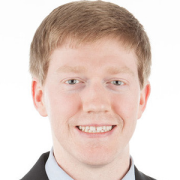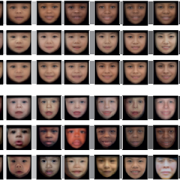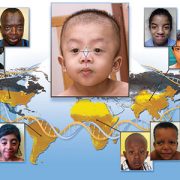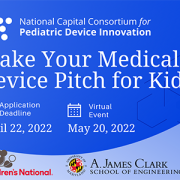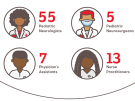Q&A with Pediatric Surgical Innovation Fellow Jacob Smith, M.D.
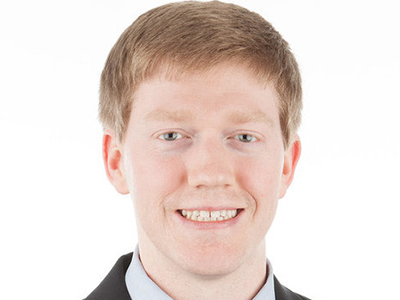
Jacob Smith, M.D.
Jacob Smith, M.D. is currently a fellow with The Joseph E. Robert, Jr. Fellowship in Pediatric Surgical Innovation at Children’s National Hospital. The fellowship provides is an exciting and dynamic post-graduate research experience focused on biomedical innovation. Participants can focus their work on specific areas of interest. Here, Dr. Smith shares some information on his work with the Urology Department.
Q: How has the Joseph E. Robert, Jr., Fellows in Pediatric Surgical Innovation program allowed you to expand your experience in pediatric urology?
A: The Roberts Fellow program has provided me the ability to work with Michael Hsieh, M.D., who has years of experience in UTI and schistosomiasis research. The UTI research has been a focus of mine and we are working on ways to diagnosis and treat UTI faster in patients. One population that this can benefit are those that deal with recurrent UTIs, such as patients in our spina bifida population.
Q: Talk a little about your work on spina bifida and areas of opportunity for research.
A: Briony Varda, M.D. is heavily involved in our spina bifida program here at Children’s National. I am working with Dr. Varda to develop a database that looks at the use of the emergency department (ED) by children with spina bifida in the Washington, D.C. area. We are also conducting interviews with families and other stakeholders in this population to better understand the factors that drive this population to utilize the ED. We hope that this research can give us a better understanding of the spina bifida care in our area and inform us to provide improvement in care.
Q: How will your work to develop methods to diagnose urinary tract infections faster and how will this benefit our patient population?
A: As mentioned before, a common patient population that deals with recurrent UTIs is the spina bifida population. The protocol that we are attempting to develop would provide us quicker results than the standard urine culture and sensitivity testing that can take anywhere between 48-72 hours to result on average. We hope by providing a quicker result, we can better identify the necessary treatment these patients need to treat their infections. Another scenario that we hope this can be utilized in is for those patients that have recurrent UTI symptoms but negative urine cultures. We hope we can determine if there are viable cells that may be too few to culture but still could cause these symptoms.
Q: What are you currently working on that you are most excited about?
A: As you can tell, a lot of my research is conducted around the spina bifida population. I am excited to dive into the data we have collected on this population and determine if there are ways we could improve the care of these patients.
Q: What made you interested in specializing in pediatric urology?
A: Pediatric urology is a great field. It has a very diverse patient population. There are a multitude of problems that could arise from multiple congenital malformations to stones and voiding dysfunctions. There is also a range of cases from minor and major reconstruction, robotics, endourology and laparoscopy. One thing that does differentiate pediatric urology is that many of the problems that we repair are congenital and it is a privilege to be able to help these children and families. In fact, I was a patient myself as a child with a ureteral malformation which required surgery. The concept of helping other children with urology concerns brings an obvious “pay-it-forward” mentality that also attracted me to the field. I am excited to obtain the knowledge and skills necessary to treat my future patients.


